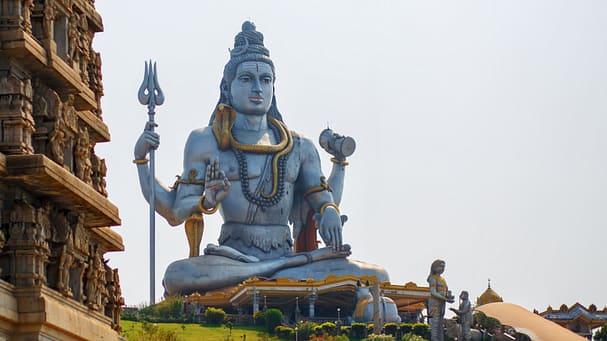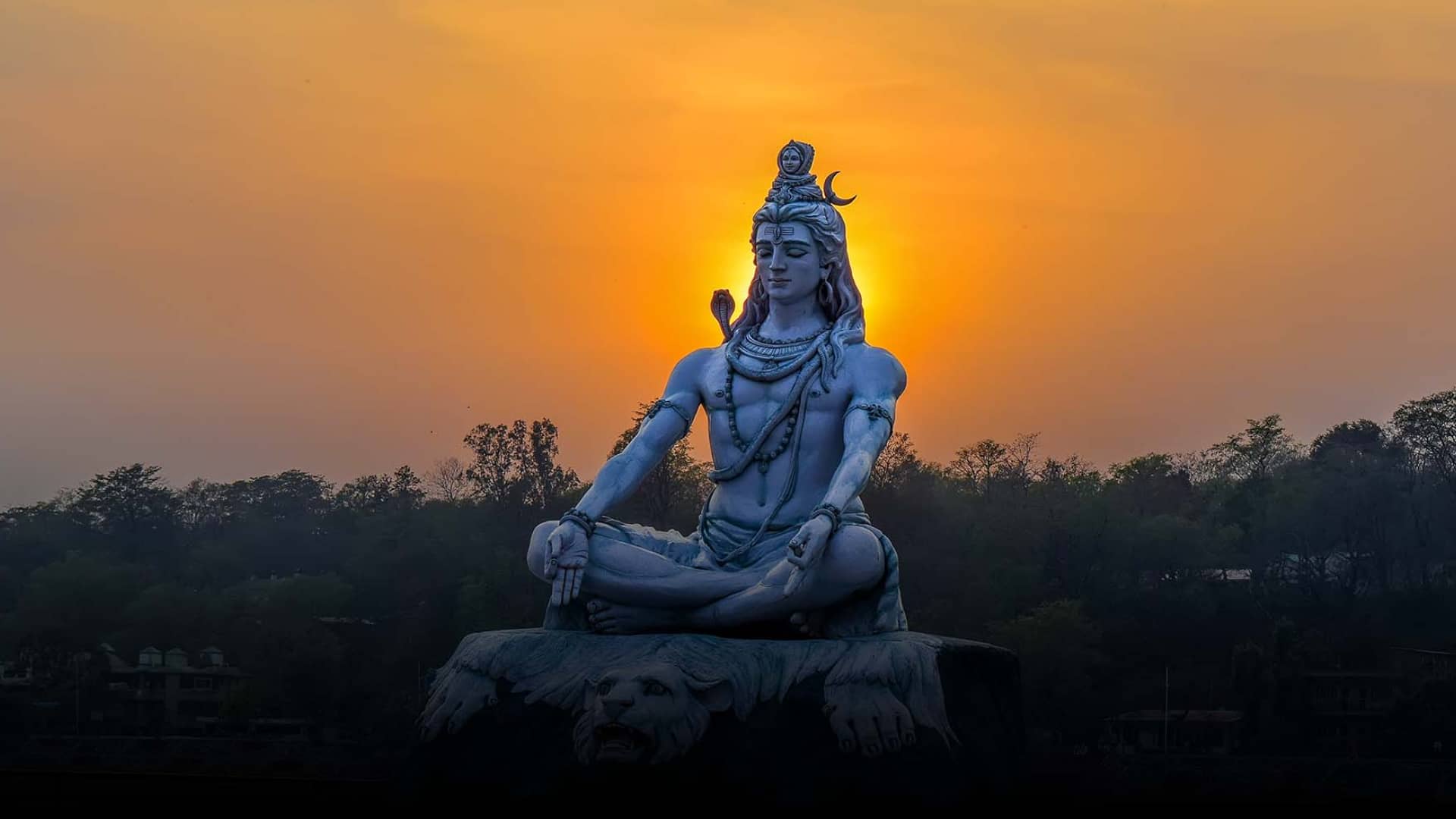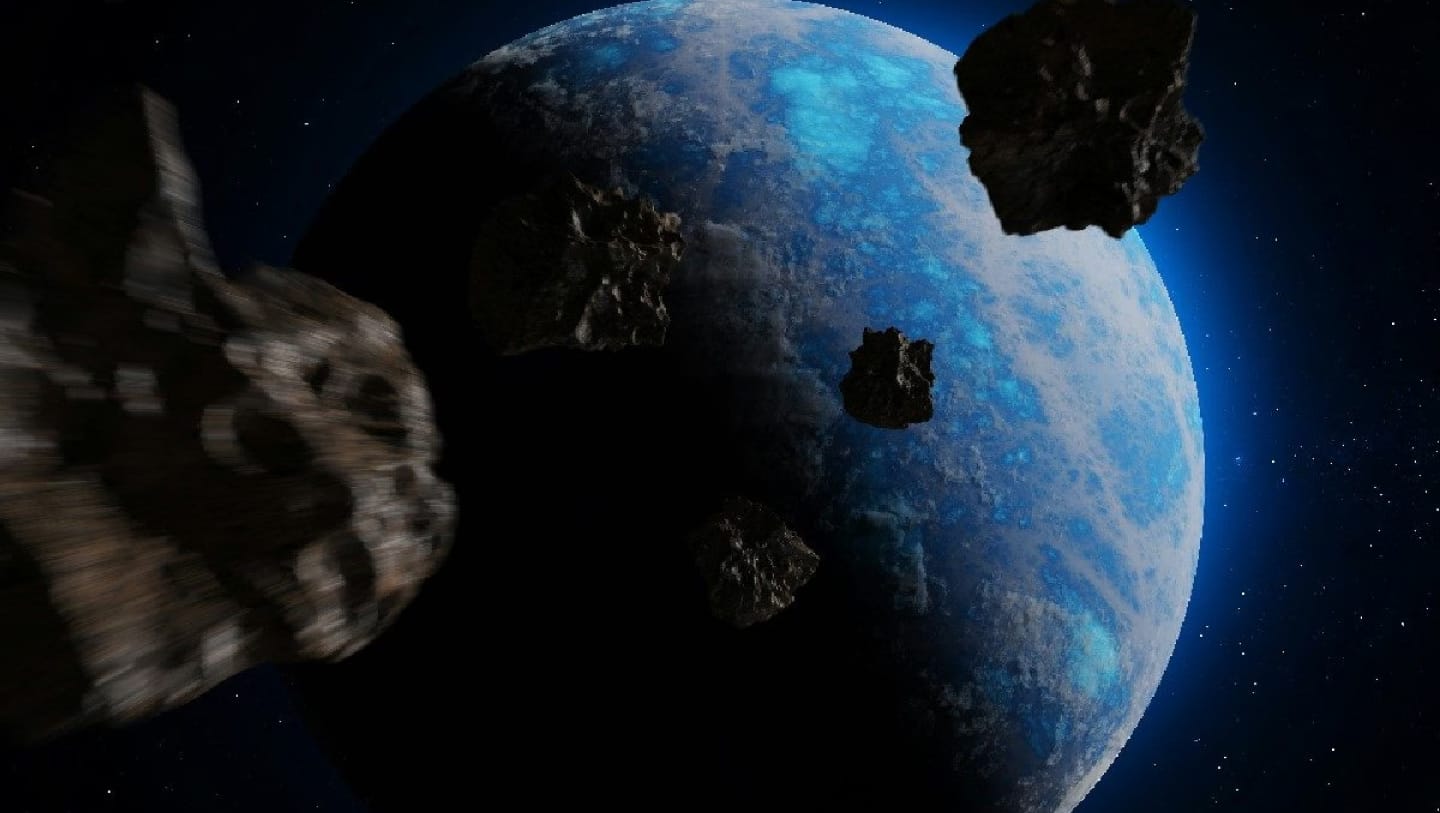Maha Shivratri falls on the Chaturdashi Tithi of Krishna Paksha every year at the end of winter, in the month of Phalgun in the Hindu lunar calendar. While the great night dedicated to Lord Shiva is once a year, Shiv Ratri is celebrated every month of the lunar calendar.
Maha Shivratri is celebrated with great fervour, where devotees observe a fast and worship Lord Shiva, also referred to as Mahadev.
The literal translation of Maha Shivratri is ‘the great night of Shiva’. According to one legend, on the night of Shiv Ratri, Lord Shiva, the Destroyer in the Trimurti, performs his celestial dance or ‘tandav’.

When is Maha Shivaratri?
In India, the 14th day of each lunar month—the eve of the new moon and the darkest night of the month—is known as Shivaratri. Timed to coincide with the arrival of spring, Maha Shivarati begins on the 13th night and 14th day of the last month of the Hindu calendar.
This year, Maha Shivratri will be celebrated on March 8, 2024. According to Drik panchang, Maha Shivratri will be celebrated on Chaturdashi Tithi starting from the night of March 8 and ending on the evening of March 9.
History
According to a mythological story, Shivratri is celebrated as the day when Lord Shiva married Goddess Parvati. On this day, many people approve the marriage of Lord Shiva and Goddess Parvati.
In other words, Shivratri is supposed to be the night of the convergence of Shiva and Shakti, which signifies the balance of male and female energy. According to another fable, on this day Shiva consumed the poison that spewed out the ocean during the Samudra Manthan, protecting the world from darkness and terror.
What rituals are associated with Maha Shivaratri?
The festival combines all-day fasting and all-night vigil. During daylight hours, devotees rise early and take a ritual bath. After these ablutions, they head to the nearest temple dedicated to Shiva to offer milk, yogurt, honey, ghee, sugar and water.
Lord Shiva’s sacred mantra, “Om Namah Shivaya”, is chanted in homes and temples across India. Special pujas are held where incense is burnt, lights are lit and pilgrims constantly appear day and night. Despite all this, the devotees observe a solemn fast until the next morning.
The celebration of this day is not limited to India and is also celebrated in Nepal and other South Asian countries. Like the various mythologies popular about the celebration of Maha Shivratri, the dance tradition of Shiv Ratri has immense significance and also has historical roots. On Maha Shivratri, annual dance festivals were organized in major Hindu temples like Konark, Khajuraho, Pattadakal, Modhera and Chidambaram.





